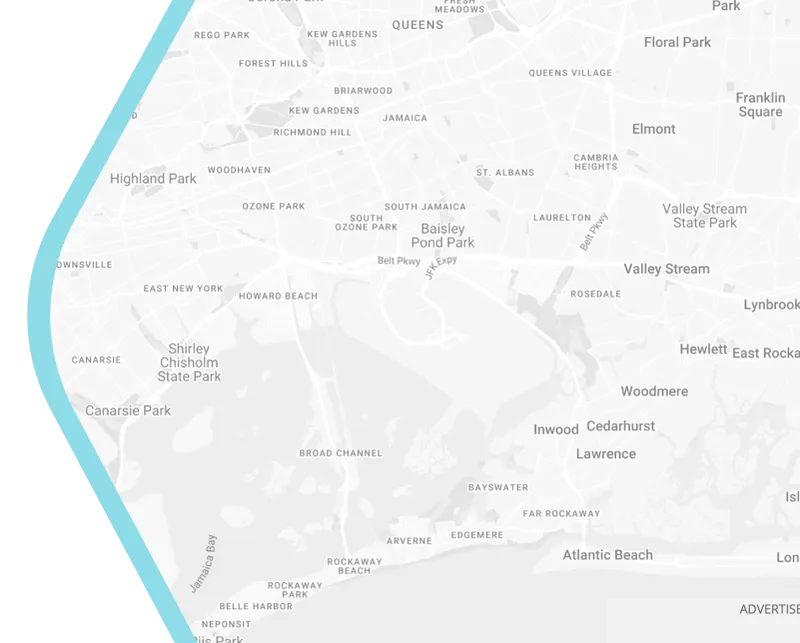
Smart City Strategies: Balancing Modernization and Historical Preservation
Smart cities are transforming urban living, but modernization often threatens historical identity. This blog explores how cities can integrate technologies like IoT, AI, and sustainable energy while preserving cultural heritage. From community engagement to innovative case studies, we provide strategies for balancing progress and tradition. Learn how to overcome challenges and build inclusive, forward-thinking cities that respect their past. Ready to modernize your city? Visit Smart City SS to learn more and get started today.





























